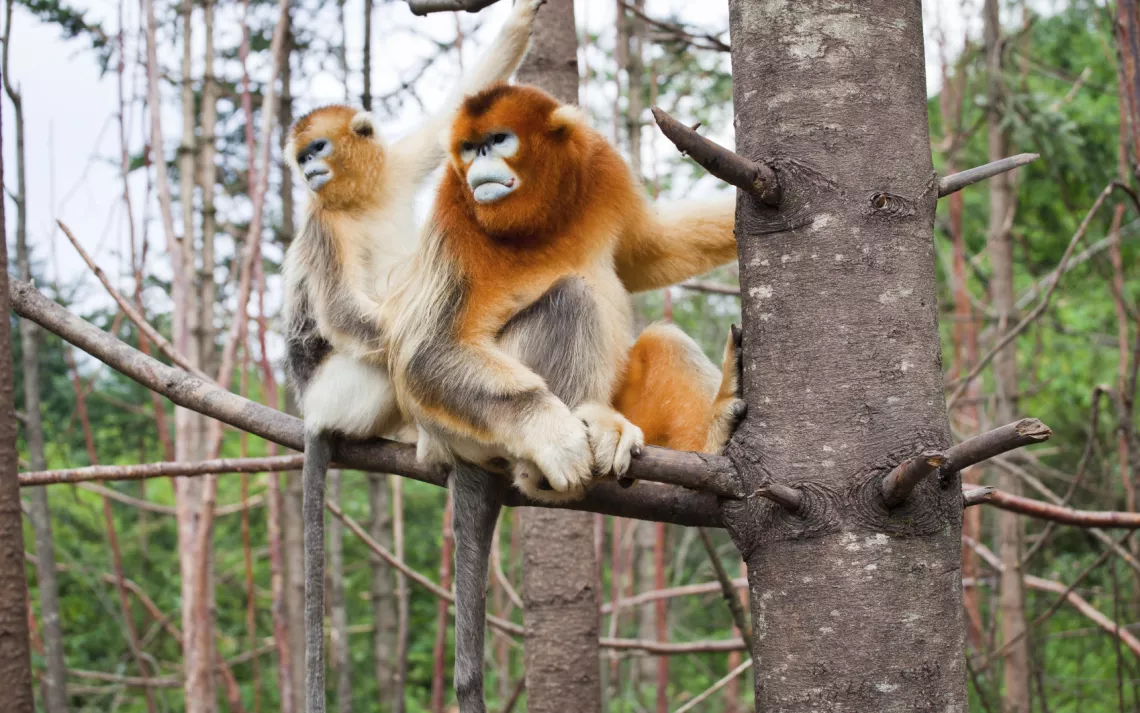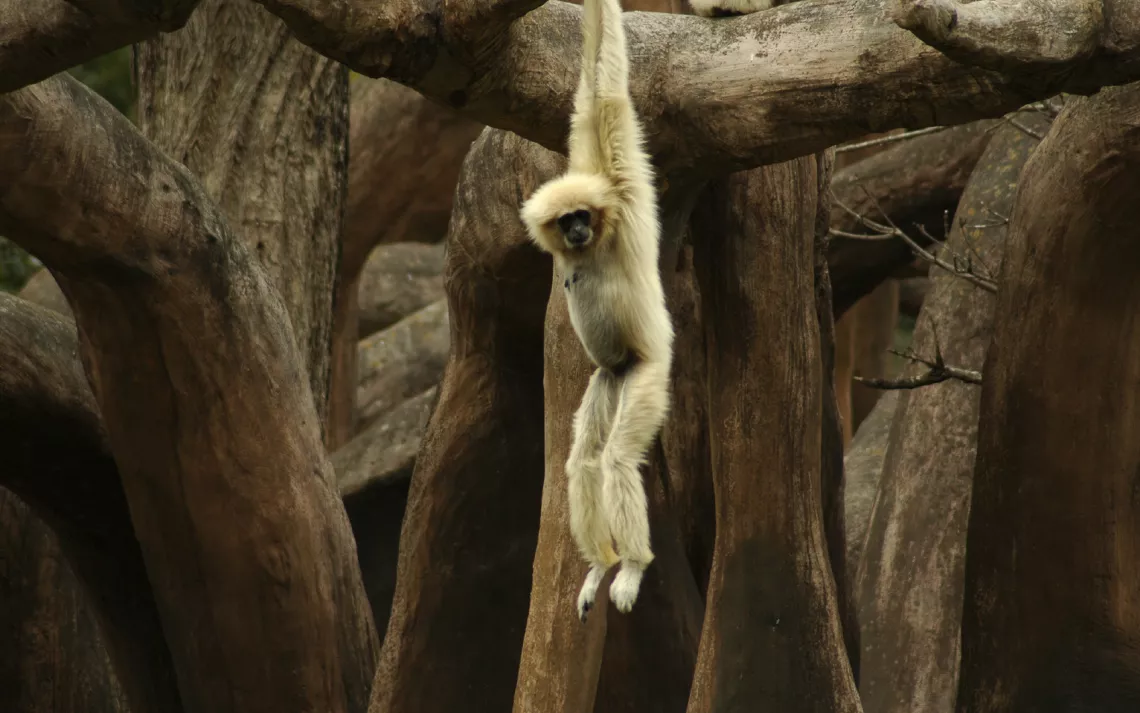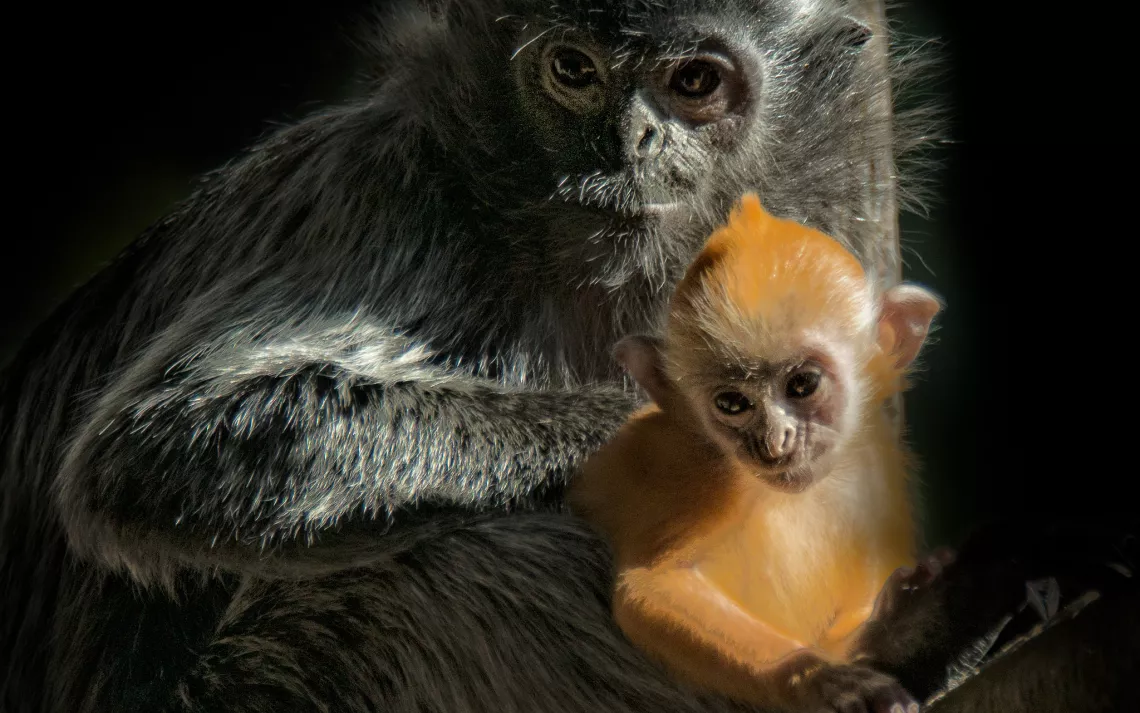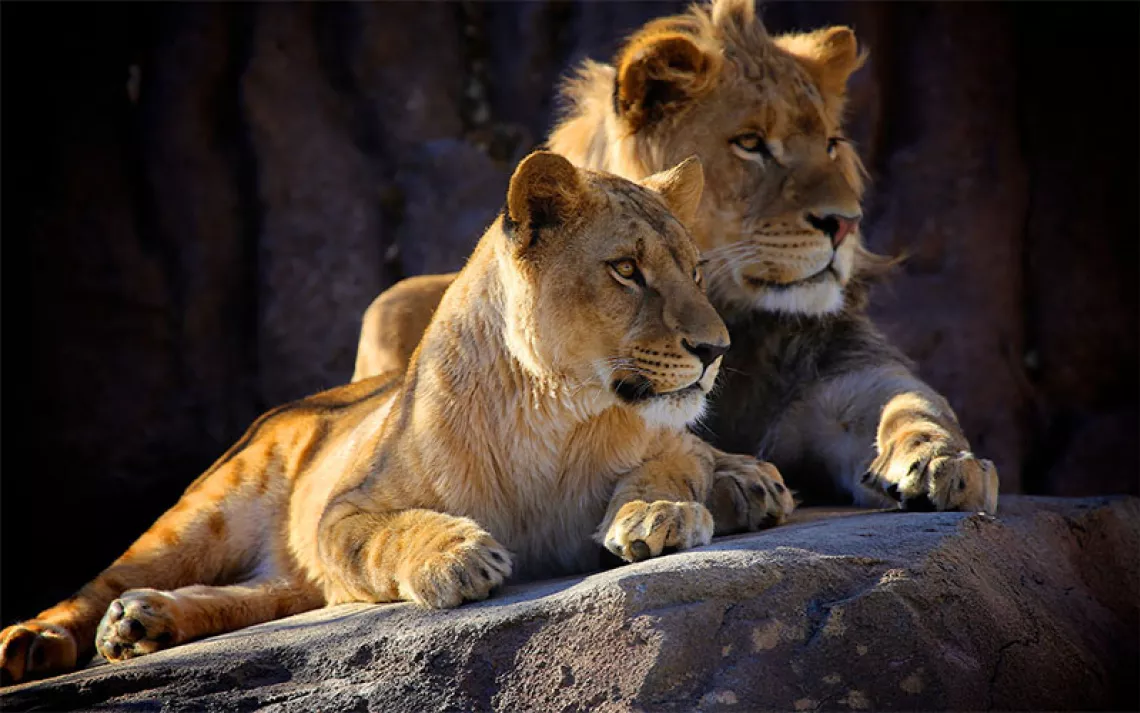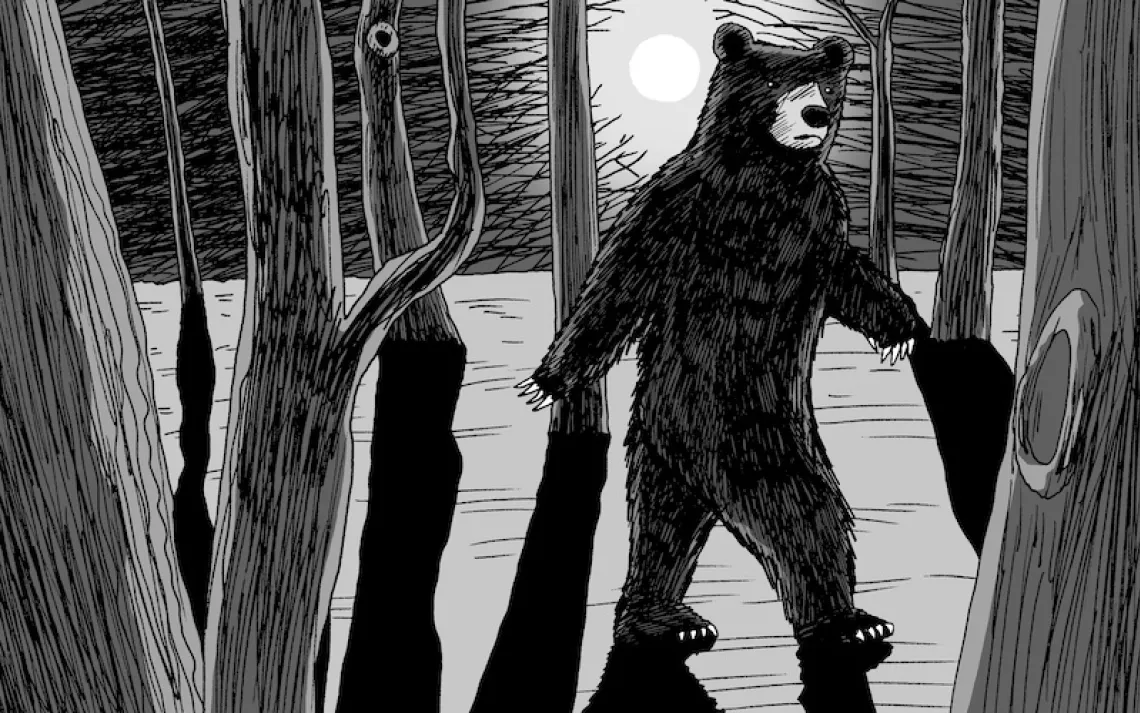Year of the Monkey, for the Monkey
Jane Goodall once said, “The greatest danger to our future is apathy.” Since this week marks the start of the Year of the Monkey, it’s a good excuse to celebrate the actual primates that live throughout Asia. With their doe eyes and killer hairdos, these three charming species top our list. They’re also all endangered. Conservationists are hoping that this year might prove to be a lucky one for our furry brethren. Check out this important message from Dr Goodall herself.
 The Magazine of The Sierra Club
The Magazine of The Sierra Club
